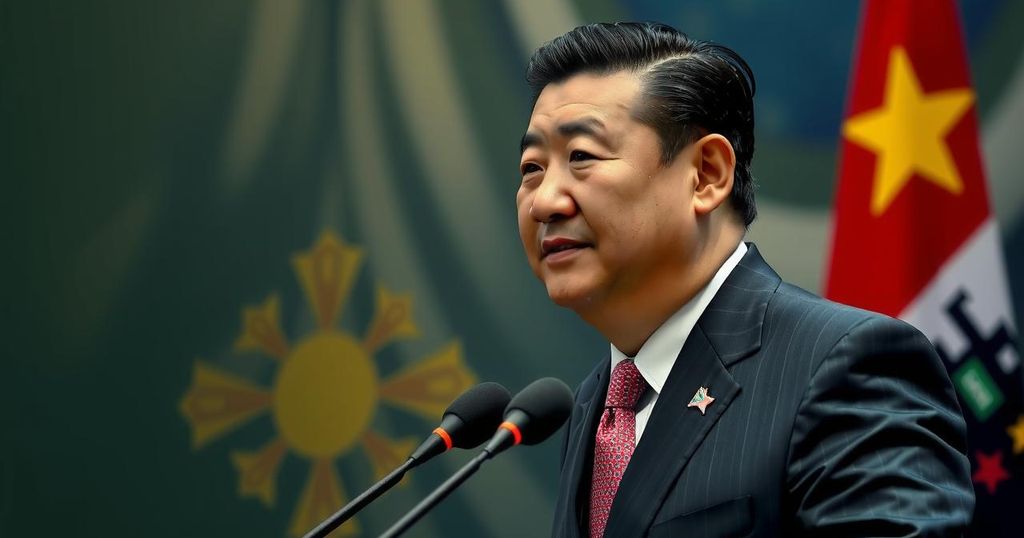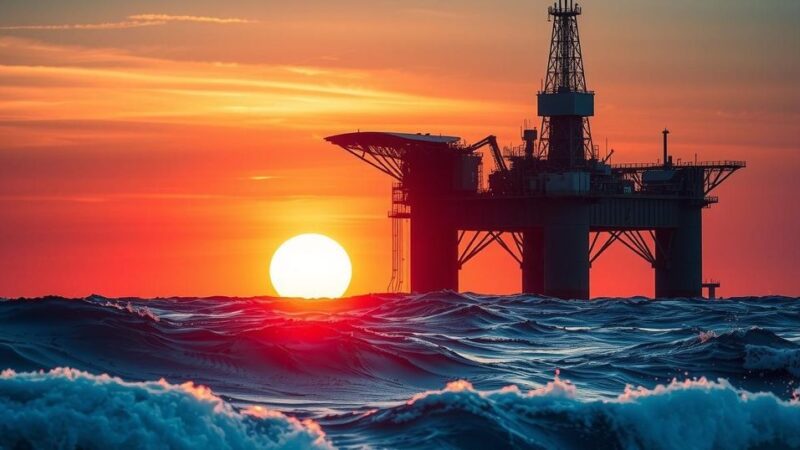The Apec summit in Peru concluded with discussions led by Chinese President Xi Jinping, advocating for free trade and a united approach to economic challenges while U.S. President Biden navigated a politically sensitive landscape ahead of the upcoming Trump administration. Highlights included Xi’s inauguration of a major shipping project and Biden’s late arrival at the family photo, symbolizing the shifting tides of global leadership.
The Asia-Pacific Economic Cooperation (Apec) forum concluded in Lima, Peru, with significant emphasis on trade and cooperation, particularly from Chinese President Xi Jinping. During his address, Mr. Xi encouraged Apec members to dismantle trade barriers, advocating for a robust global trading environment. The summit highlighted the challenges of international diplomacy as U.S. President Joe Biden experienced an awkward moment arriving late for the traditional family photo, subtly showcasing the tumultuous political landscape ahead of a potential shift in U.S. trade policy under an incoming Trump administration. The meeting featured leaders from 21 economies, including notable participation from the United States and China. Mr. Xi inaugurated a substantial new shipping megaport in Peru, symbolizing China’s commitment to enhancing its role in global trade. Both leaders, in their discussions, recognized the necessity of maintaining dialogue to avoid conflict amidst a complex geopolitical backdrop. President Biden’s final Apec gathering was overshadowed by his party’s electoral defeat, which limited the scope of his diplomatic achievements during this critical summit, leaving a cautious tone in addressing future U.S.-China relations.
The Apec forum is an annual gathering of major Pacific Rim economies aimed at promoting free trade and economic cooperation across the Asia-Pacific region. This year’s summit was held against a backdrop of fluctuating U.S. leadership in global trade and increasing concerns over rising protectionism. President Biden’s participation was seen as an opportunity to reinforce alliances in the region, especially amid fears that a Trump presidency could unravel existing diplomatic ties. The event brought together key leaders who are navigating the tensions of escalating competition and collaboration between the world’s largest economies, primarily the U.S. and China.
In summary, the conclusion of the Apec summit in Peru showcased the ongoing interplay between global trade dynamics and national politics. President Xi Jinping’s assertive stance on globalization contrasted with President Biden’s uncertain future in international diplomacy following electoral setbacks. Both leaders acknowledged the importance of dialogue, acknowledging that future engagements must prioritize conflict avoidance and collaborative approaches to shared global challenges.
Original Source: www.expressandstar.com






